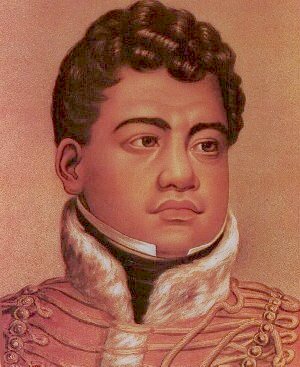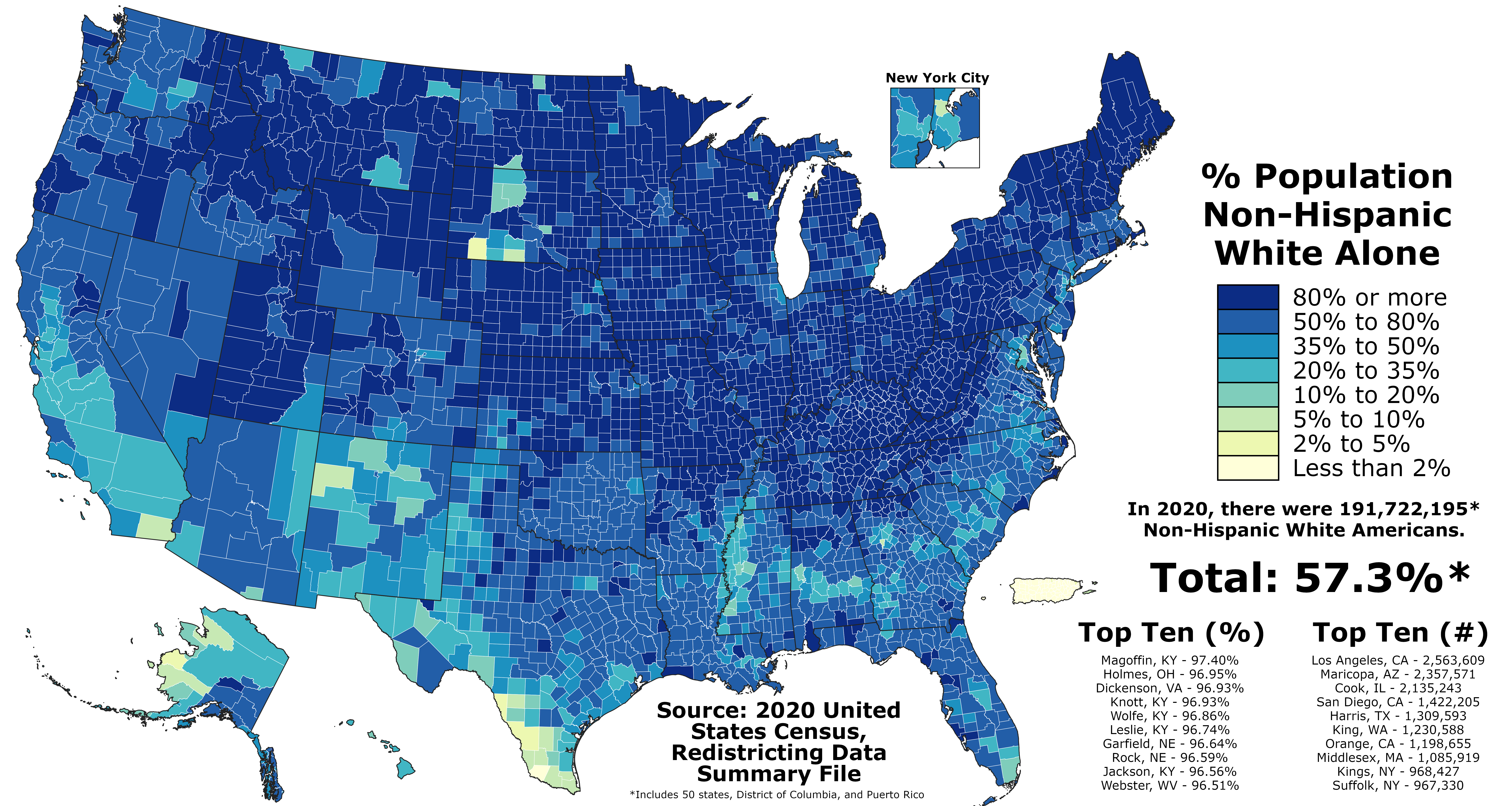|
Fairview, Kansas
Fairview is a city in Brown County, Kansas, United States. As of the 2020 census, the population of the city was 240. History Fairview was founded on October 27, 1886, on land purchased in 1872 by W. F. Lambertson. It was named for its scenic setting. Geography According to the United States Census Bureau, the city has a total area of , all land. Demographics 2020 census The 2020 United States census counted 240 people, 118 households, and 69 families in Fairview. The population density was 699.7 per square mile (270.2/km). There were 129 housing units at an average density of 376.1 per square mile (145.2/km). The racial makeup was 91.67% (220) white or European American (91.67% non-Hispanic white), 0.42% (1) black or African-American, 0.83% (2) Native American or Alaska Native, 0.0% (0) Asian, 0.0% (0) Pacific Islander or Native Hawaiian, 2.5% (6) from other races, and 4.58% (11) from two or more races. Hispanic or Latino of any race was 3.33% (8) of the population ... [...More Info...] [...Related Items...] OR: [Wikipedia] [Google] [Baidu] |
City
A city is a human settlement of a substantial size. The term "city" has different meanings around the world and in some places the settlement can be very small. Even where the term is limited to larger settlements, there is no universally agreed definition of the lower boundary for their size. In a narrower sense, a city can be defined as a permanent and Urban density, densely populated place with administratively defined boundaries whose members work primarily on non-agricultural tasks. Cities generally have extensive systems for housing, transportation, sanitation, Public utilities, utilities, land use, Manufacturing, production of goods, and communication. Their density facilitates interaction between people, government organisations, government organizations, and businesses, sometimes benefiting different parties in the process, such as improving the efficiency of goods and service distribution. Historically, city dwellers have been a small proportion of humanity overall, bu ... [...More Info...] [...Related Items...] OR: [Wikipedia] [Google] [Baidu] |
Federal Information Processing Standard
The Federal Information Processing Standards (FIPS) of the United States are a set of publicly announced standards that the National Institute of Standards and Technology (NIST) has developed for use in computer systems of non-military United States government agencies and contractors. FIPS standards establish requirements for ensuring computer security and interoperability, and are intended for cases in which suitable industry standards do not already exist. Many FIPS specifications are modified versions of standards the technical communities use, such as the American National Standards Institute (ANSI), the Institute of Electrical and Electronics Engineers (IEEE), and the International Organization for Standardization (ISO). Specific areas of FIPS standardization The U.S. government has developed various FIPS specifications to standardize a number of topics including: * Codes, e.g., FIPS county codes or codes to indicate weather conditions or emergency indications. In 1994, ... [...More Info...] [...Related Items...] OR: [Wikipedia] [Google] [Baidu] |
Native Hawaiian
Native Hawaiians (also known as Indigenous Hawaiians, Kānaka Maoli, Aboriginal Hawaiians, or simply Hawaiians; , , , and ) are the Indigenous peoples of Oceania, Indigenous Polynesians, Polynesian people of the Hawaiian Islands. Hawaiʻi was settled at least 800 years ago by Polynesians who sailed from the Society Islands. The settlers gradually became detached from their homeland and developed a distinct Hawaiian culture and identity in their new home. They created new religious and cultural structures, in response to their new circumstances and to pass knowledge from one generation to the next. Hence, the Hawaiian religion focuses on ways to live and relate to the land and instills a sense of community. The Hawaiian Kingdom was formed in 1795, when Kamehameha the Great, of the then-independent Hawaii (island), island of Hawaiʻi, conquered the independent islands of Oʻahu, Maui, Molokaʻi, and Lānaʻi to form the kingdom. In 1810, Kauaʻi and Niʻihau joined the Kingdom, the ... [...More Info...] [...Related Items...] OR: [Wikipedia] [Google] [Baidu] |
Pacific Islander (U
Pacific Islanders, Pasifika, Pasefika, Pacificans, or rarely Pacificers are the peoples of the Pacific Islands. As an ethnic/racial term, it is used to describe the original peoples—inhabitants and diasporas—of any of the three major subregions of Oceania ( Melanesia, Micronesia, and Polynesia) or any other island located in the Pacific Ocean. Melanesians include the Fijians (Fiji), Kanaks (New Caledonia), Ni-Vanuatu (Vanuatu), Papua New Guineans (Papua New Guinea), Solomon Islanders (Solomon Islands), West Papuans (Indonesia's West Papua) and Moluccans (Indonesia's Maluku Islands). Micronesians include the Carolinians ( Caroline Islands), Chamorros ( Guam and Northern Mariana Islands), Chuukese ( Chuuk), I-Kiribati ( Kiribati), Kosraeans ( Kosrae), Marshallese ( Marshall Islands), Nauruans auru Palauans ( Palau), Pohnpeians ( Pohnpei), and Yapese ( Yap). Polynesians include the New Zealand Māori (New Zealand), Native Hawaiians (Hawaii), Rapa N ... [...More Info...] [...Related Items...] OR: [Wikipedia] [Google] [Baidu] |
Asian (U
Asian may refer to: * Items from or related to the continent of Asia: ** Asian people, people in or descending from Asia ** Asian culture, the culture of the people from Asia ** Asian cuisine, food based on the style of food of the people from Asia ** Asian (cat), a cat breed similar to the Burmese but in a range of different coat colors and patterns * Asii (also Asiani), a historic Central Asian ethnic group mentioned in Roman-era writings * Asian option, a type of option contract in finance * Asyan, a village in Iran See also * * * East Asia * South Asia * Southeast Asia Southeast Asia is the geographical United Nations geoscheme for Asia#South-eastern Asia, southeastern region of Asia, consisting of the regions that are situated south of China, east of the Indian subcontinent, and northwest of the Mainland Au ... * Asiatic (other) {{disambiguation ... [...More Info...] [...Related Items...] OR: [Wikipedia] [Google] [Baidu] |
Alaska Native
Alaska Natives (also known as Native Alaskans, Alaskan Indians, or Indigenous Alaskans) are the Indigenous peoples of the Americas, Indigenous peoples of Alaska that encompass a diverse arena of cultural and linguistic groups, including the Iñupiat, Yupik peoples, Yupik, Aleut people, Aleut, Eyak people, Eyak, Tlingit people, Tlingit, Haida people, Haida, Tsimshian, and various Alaskan Athabaskans, Northern Athabaskan, as well as Russian Creoles. These groups are often categorized by their distinct language families. Many Alaska Natives are enrolled in federally recognized Alaska Native tribal entities, which are members of 13 Alaska Native Regional Corporations responsible for managing land and financial claims. The migration of Alaska Natives' ancestors into the Alaskan region occurred thousands of years ago, likely in more than one wave. Some present-day groups descend from a later migration event that also led to settlement across northern North America, with these popula ... [...More Info...] [...Related Items...] OR: [Wikipedia] [Google] [Baidu] |
Native American (U
Native Americans or Native American usually refers to Native Americans in the United States Native Americans (also called American Indians, First Americans, or Indigenous Americans) are the Indigenous peoples of the Americas, Indigenous peoples of the United States, particularly of the Contiguous United States, lower 48 states and A .... Related terms and peoples include: Ethnic groups * Indigenous peoples of the Americas, the pre-Columbian peoples of North, South, and Central America and their descendants * Indigenous peoples in Canada ** First Nations in Canada, Canadian Indigenous peoples who are neither Inuit nor Métis ** Inuit, Indigenous peoples inhabiting the Arctic and subarctic regions of Greenland, Labrador, Quebec, Nunavut, the Northwest Territories, and Alaska. ** Métis in Canada, specific cultural communities who trace their descent to early communities consisting of both First Nations people and European settlers * Indigenous peoples of Costa Rica * Indi ... [...More Info...] [...Related Items...] OR: [Wikipedia] [Google] [Baidu] |
African American
African Americans, also known as Black Americans and formerly also called Afro-Americans, are an Race and ethnicity in the United States, American racial and ethnic group that consists of Americans who have total or partial ancestry from any of the Black people, Black racial groups of Africa. African Americans constitute the second largest ethno-racial group in the U.S. after White Americans. The term "African American" generally denotes descendants of Slavery in the United States, Africans enslaved in the United States. In 2023, an estimated 48.3 million people self-identified as Black, making up 14.4% of the country’s population. This marks a 33% increase since 2000, when there were 36.2 million Black people living in the U.S. African-American history began in the 16th century, with Africans being sold to Atlantic slave trade, European slave traders and Middle Passage, transported across the Atlantic to Slavery in the colonial history of the United States, the Western He ... [...More Info...] [...Related Items...] OR: [Wikipedia] [Google] [Baidu] |
Non-Hispanic White
Non-Hispanic Whites, also referred to as White Anglo Americans or Non-Latino Whites, are White Americans who are classified by the United States census as "White" and not of Hispanic or Latino origin. According to annual estimates from the United States Census Bureau, as of July 1, 2023, non-Hispanic Whites comprised approximately 58.4% of the U.S. population. Although non-Hispanic Whites remain the largest single racial and ethnic group in the United States and still constitute a majority of the population, their share has declined significantly over the past eight decades. In 1940, they comprised approximately 89.8% of the total population, illustrating the extent of the demographic transformation that has occurred since the mid-20th century. This decline has been attributed to factors such as lower birth rates among White Americans, increased immigration from non-European regions, and broader sociocultural changes, including higher rates of interracial marriage and evol ... [...More Info...] [...Related Items...] OR: [Wikipedia] [Google] [Baidu] |
European American
European Americans are Americans of European ancestry. This term includes both people who descend from the first European settlers in the area of the present-day United States and people who descend from more recent European arrivals. Since the 17th century, European Americans have been the largest panethnic group in what is now the United States. According to the 2020 United States census, 58.8% of the White alone population and 56.1% of the White alone or in combination gave a detailed European write-in response. The Spaniards were the first Europeans to establish a continuous presence in what is now the contiguous United States, although arriving in small numbers, with Martín de Argüelles ( 1566) in St. Augustine, then a part of Spanish Florida, and the Russians were the first Europeans to settle in Alaska, establishing Russian America. The first English child born in the Americas was Virginia Dare, born August 18, 1587. She was born in Roanoke Colony, located in p ... [...More Info...] [...Related Items...] OR: [Wikipedia] [Google] [Baidu] |




